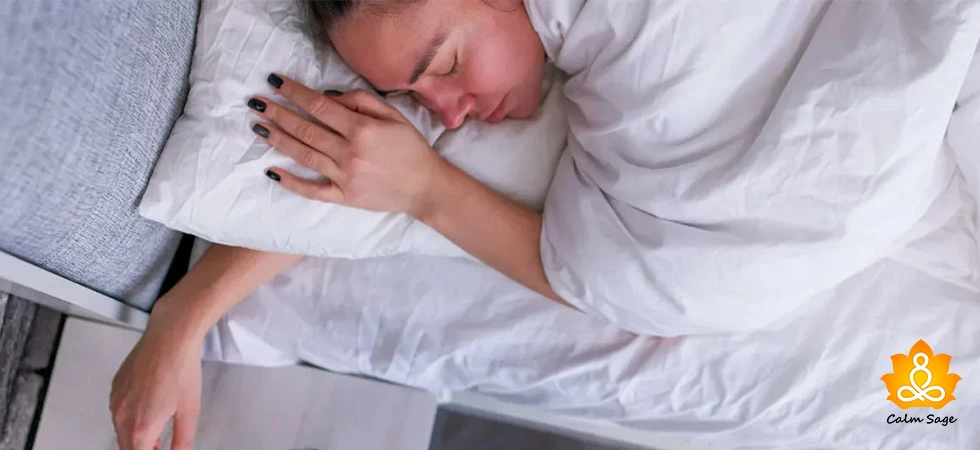Self-Help Tips for Phobias and Irrational Fears

A Small Overview of Phobias and Irrational Fears

Everyone has phobia or phobias of something they don’t like, for example, spiders or lizards. But, these phobias or fears are differentiated as minor phobias. When fear reaches a severe stage causing anxiety, this condition is referred to as phobias. Common examples of phobias are height, snakes, needs, insects, etc.
When we are exposed to such phobic situations, the experience becomes overwhelming or somewhat related to terror. After such exposures, the experience becomes so nerve-wracking that we almost try to avoid them. For example, if you feel claustrophobic you might want to avoid the use of elevators or flights.
But, the fact is learning about your phobia and recognition is the first step towards coping. One more thing to remember is that phobias are common; everyone carries it which means you are not crazy.
Fears and phobias can be treated and you can overcome fear with the right help.
Some common physical symptoms of phobia include pounding the heart, difficulty in breathing, chest pain, shaking, light-headed or dizziness, and hot or cold flashes.
Some common emotional symptoms of phobia include intense feelings, fear of losing control, fear of passing out, feeling of detachment, and feeling of overwhelming anxiety.
Seeking Help for Fears and Phobias

Like, I mentioned above, fears and phobias are treatable. When your phobia starts causing you distress or basically starts disrupting your life, it’s high time to seek help. To put it in a nutshell, when your phobia starts disrupting your life, you should start working on your phobia. If your phobia causes:
- An intensefeeling of anxiety, fear, and panic attacks.
- Fear becomes unreasonable and excessive.
- You start avoiding certain points and places.
- The phobia starts causing you stress.
- You are experiencing stress or anxiety for a long time.
When you experience such things, you may begin to seek help. Remember, asking for help is not a sign of weakness, instead a sign of strength.
3 Self Help Techniques for Phobias and Fears:
Therapy and self-help strategies are known to be really effective for the treatment of phobias and fear. Furthermore, the severity of your phobia also depends on the type of therapy you might get.
You can discuss your issues with your loved one or your therapist to get the right help. However, I personally suggest opting for therapy or consulting your therapist before stepping towards self-help. Self-help strategies can only be proved effective when they are appropriately guided or
approved by a therapist (it totally depends on the severity of phobia). Once you start to recover from your phobias or irrational fears, you can take the help of the below-mentioned self-help strategies for an effective and speedy recovery.
Self-Help Tip 1 “Face your Fears”

The only way to conquer your phobias is to face them. Avoiding the experiences is the temporary way to overcome but facing your fears is the permanent way to overcome your fears. Therefore, expose yourself towards the phobia to overcome your fear in a controlled and safe manner. Each exposure is going to provide more confidence and control. Let’s see how we can face our fears.
1.Building a ladder
Begin with arranging items which scare you or bring out the fear. List everything which makes you anxious (even add those things which makes you a little anxious). While creating the ladder, make sure you write an end goal along with the fear. For example, riding a car on bridges or maybe going near a dog. Furthermore, break down your process and end it with a goal.
2.Making a list
In case, you are not into making process ladders, you can also try making a list including everything which scares you.
3.Working on the list or ladder
After making a list or ladder, start working on your goals and fears to overcome them. Don’t overdo it, start with taking small steps. Until and unless you are comfortable with one thing, do not step on the other process. Focus on one aim at a time and go slow.
4.Practicing mindfulness
During the journey, some steps or procedures may create some anxiousness. To handle such a feeling of being overwhelmed, you can practice mindfulness. Mindfulness will provide you the strength to overcome all the obstacles, stress, and anxiety which might occur during the process.
Self-Help Tip 2 “Take the road of calmness”

As I mentioned above during the process you may feel anxious or afraid of something and this will reflect in physical symptoms like suffocation or pounding heartbeats. Learning how to keep calm will help the flowing of the process. The road of calmness will help you to face fears and uncomfortable sensations.
1.Practicing Deep breathing exercises
Whenever you feel anxiety, practice deep breathing exercises to fade the symptoms of anxiety and stress caused by phobias or irrational fears. Deep breathing exercises will reverse the process and will establish inner peace and calmness in return.
2.Using the senses
This way is the most used and quickest way to overcome fears. Engagement with the senses like taste, smell, sight, or touch is proved to be really efficient to overcome the fear and discover the undiscovered.
- Smell
To take the use of smell sense, you can try lighting fragranced candles. You can also visit a garden with flowers or simply sniff your favorite perfume.
- Taste
Treat yourself with a favorite food. Moreover, you can also try your favorite herbal tea or coffee for stress relief.
For something new and innovative, you can also opt for chocolate meditation.
- Touch
Opt for a neck or hand massage. You can also cuddle with a furry pet or wrap yourself in a soft blanket. Offer yourself a little more self-care to keep up with your mental health.
- Movement
Treat yourself with an activity that makes you happy like playing guitar or any musical instrument. You can also go for a nature walk to relieve stress or anxiety.
- Sound
Play song which motivates you or provides inner peace to you. You can also try water meditation.
- Sight
Go on an unplanned road trip with someone you like or your partner. You can also treat yourself with old memories, photos, or videos.
Self-Help Tip 3 “Challenge Your Negative Thoughts”

Generally, when people recognize that they have a fear or phobia, they tend to overestimate everything which decreases the capability to cope with the situation. The thoughts which trigger the phobia or irrational fear are almost unrealistic and negative.
However, you can overcome the unrealistic thinking process by simply writing down or challenging your thoughts in a different way. Let’s have a look at how we can challenge our negative thoughts regarding phobia or irrational fear. Ask yourself the below-mentioned questions and journalize your feelings.
1.Think about the contradictions
Think about all the possible and real contradiction which may arise while experiencing your fear. Integrate your thoughts and cut out all the unrealistic and negative thoughts from your mind.
2.What can be done to resolve the situation
Once, you have challenged your negative thoughts with the realistic facts; check out what can be done to overcome your fear. For example, if you are claustrophobic, try to step into the elevator for a few seconds or just simply take the elevator alone for one floor. Take small steps and overcome them.
3.Compare and integrate
If this does not work, try to put your shoes into someone else’s shoes and compare the situations. For example, if taking the elevator does not harm him, it will not harm you as well. Try to integrate accordingly and write down everything you feel while thinking about the process. It will help you to track the process.
I hope this blog helps you to cope with phobias and irrational fears. Comment down your queries in the below comment section or you can also write us from here. For more such content, follow Calm Sage on all social media platforms.
Thanks for reading!
More power to you!
You May Like These Also:
Top 10 List Of Phobias & Their Meanings
Understanding Your Emotions Inside Out with the Emotion Wheel: FEAR





















How can I distinguish if it's Phobia or I just dislike something?
I am very claustrophobic. I just hope to get over wd it someday!
but How about i want to help someone with a phobia? i that case what should i do?
umm phobias? but how to find the difference between the phobia and irrational fear?